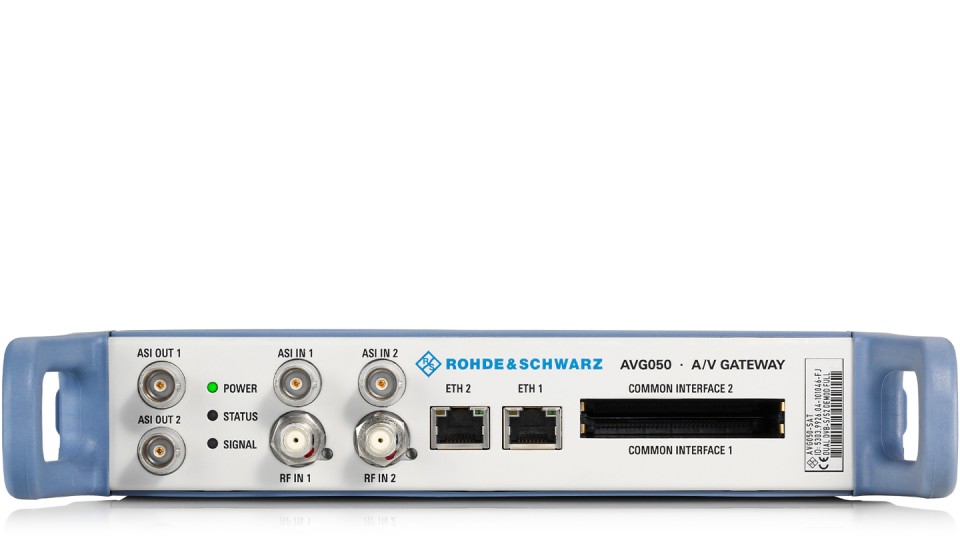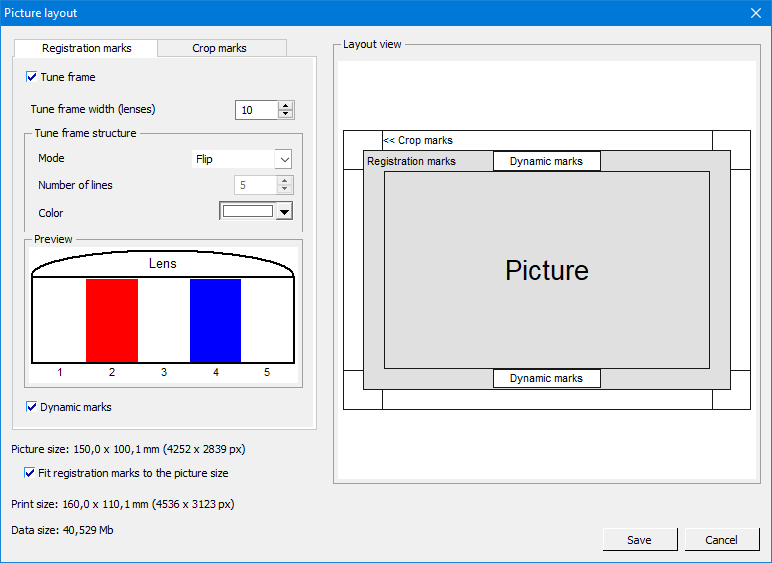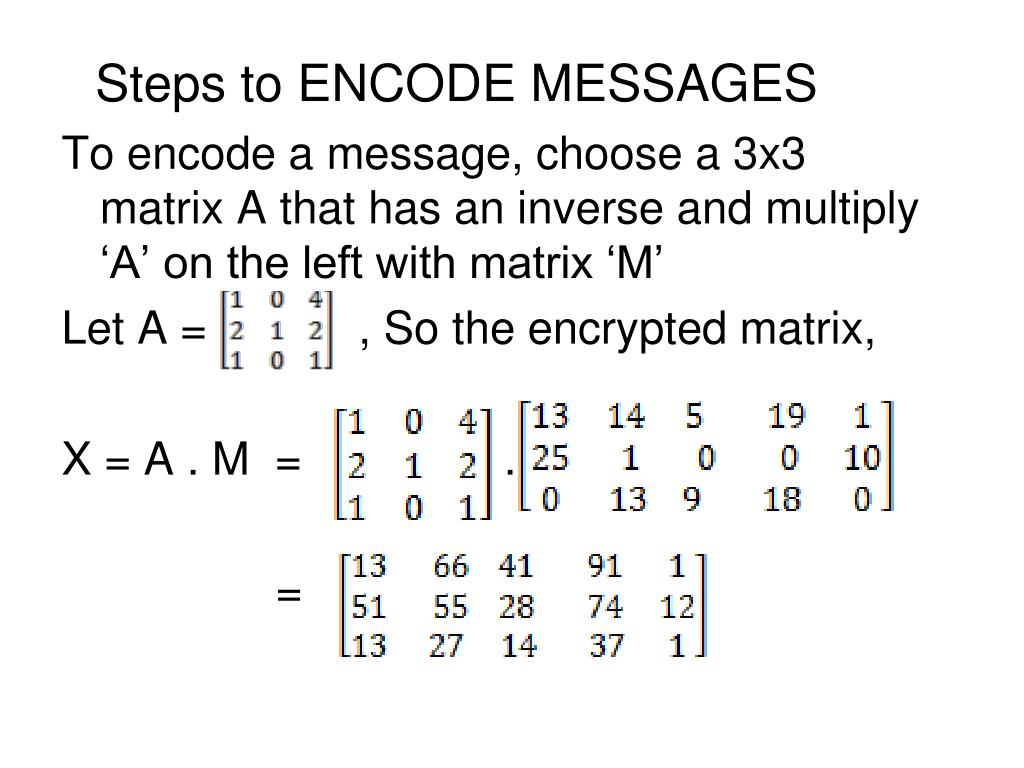

If you don’t know what encoding was used, you can try the ones listed above in If you receive data files you need to use the same as was used to encode them. Use utf8 as character encoding at both ends. If you are responsible for both encoding and decoding, you should probably just Microsoft Windows for English and many European languages.įor other encodings (if you type the name by hand), use the Codec names from Superset of ISOĨ859-1 in terms of printable characters. Windows code page which supports Western European Languages. Can be identified with a code page identifiers. Less common symbols, introducing the euro sign.Įncodings, are sometimes used by older applications and file formats,Įspecially ones for Windows. Supports Western European Languages, similar to ISO 8859-1 but replaces some Western European Languages, superset of US-ASCII. Capable of encoding all valid unicode characters.


UTF-16 is used internally by Microsoft Windows but is now generally Which uses byte order mark (BOM) to determine to use LE orīE. There are variations depending on byte order (endianness) UTF-16-LE, UTF-16-BE, and UTF-16 These are not recommended but could be needed when working with existingįiles and applications. Widely used on the web and strongly recommended when you Here are some encodings that we offer as choices in Sympathy. To recreate the original text, choose the same encoding for decode as was Each encoding uses a different translation scheme Introduction about encodings to help you choose.Ĭharacter encoding determines the translation between text characters and bytes,įor example, stored in a file. Or read from files or communicate over a network. Some Sympathy nodes allows you to choose an encoding, especially ones that write


 0 kommentar(er)
0 kommentar(er)
